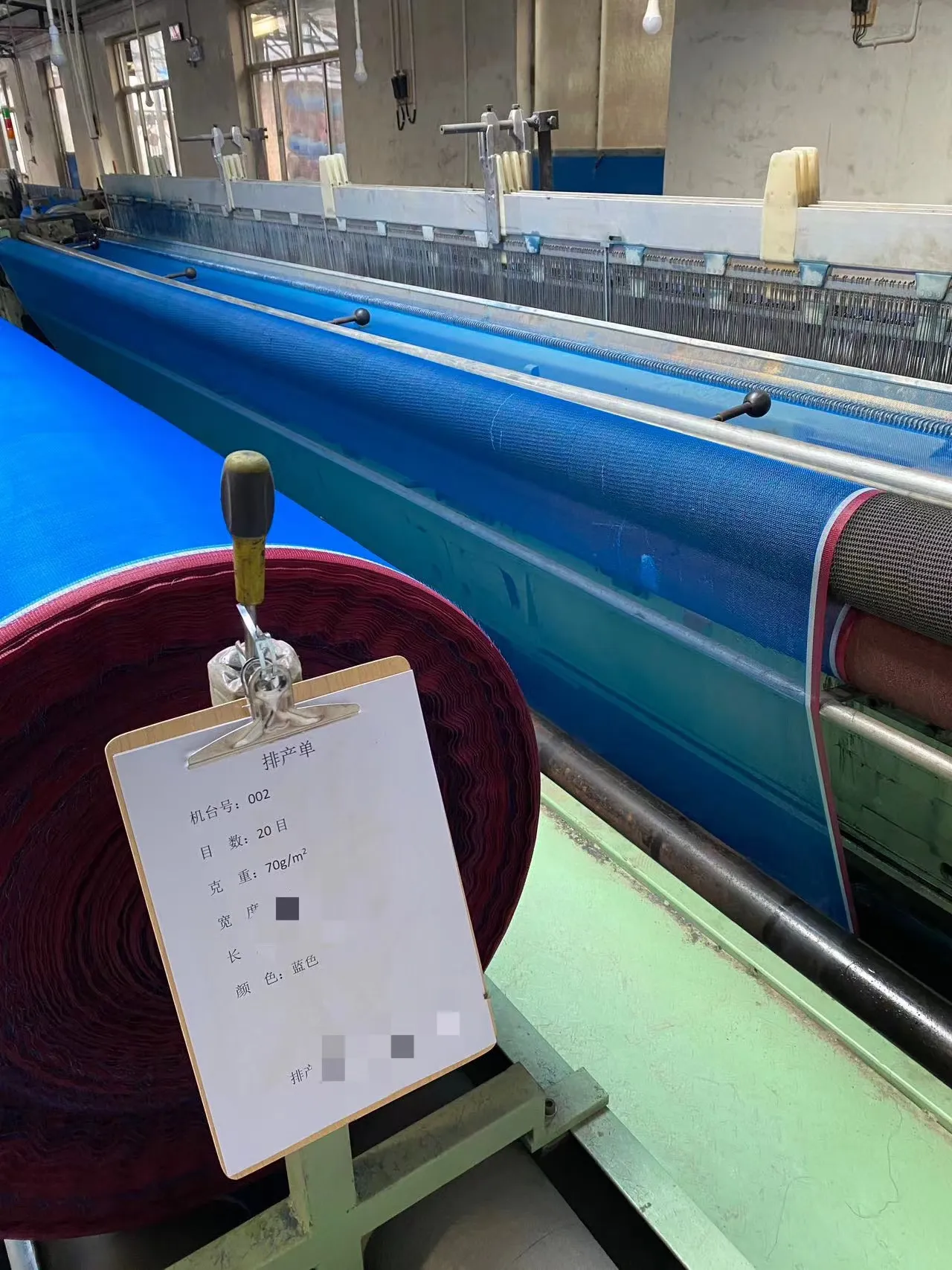-
 Afrikaans
Afrikaans -
 Albanian
Albanian -
 Amharic
Amharic -
 Arabic
Arabic -
 Armenian
Armenian -
 Azerbaijani
Azerbaijani -
 Basque
Basque -
 Belarusian
Belarusian -
 Bengali
Bengali -
 Bosnian
Bosnian -
 Bulgarian
Bulgarian -
 Catalan
Catalan -
 Cebuano
Cebuano -
 China
China -
 Corsican
Corsican -
 Croatian
Croatian -
 Czech
Czech -
 Danish
Danish -
 Dutch
Dutch -
 English
English -
 Esperanto
Esperanto -
 Estonian
Estonian -
 Finnish
Finnish -
 French
French -
 Frisian
Frisian -
 Galician
Galician -
 Georgian
Georgian -
 German
German -
 Greek
Greek -
 Gujarati
Gujarati -
 Haitian Creole
Haitian Creole -
 hausa
hausa -
 hawaiian
hawaiian -
 Hebrew
Hebrew -
 Hindi
Hindi -
 Miao
Miao -
 Hungarian
Hungarian -
 Icelandic
Icelandic -
 igbo
igbo -
 Indonesian
Indonesian -
 irish
irish -
 Italian
Italian -
 Japanese
Japanese -
 Javanese
Javanese -
 Kannada
Kannada -
 kazakh
kazakh -
 Khmer
Khmer -
 Rwandese
Rwandese -
 Korean
Korean -
 Kurdish
Kurdish -
 Kyrgyz
Kyrgyz -
 Lao
Lao -
 Latin
Latin -
 Latvian
Latvian -
 Lithuanian
Lithuanian -
 Luxembourgish
Luxembourgish -
 Macedonian
Macedonian -
 Malgashi
Malgashi -
 Malay
Malay -
 Malayalam
Malayalam -
 Maltese
Maltese -
 Maori
Maori -
 Marathi
Marathi -
 Mongolian
Mongolian -
 Myanmar
Myanmar -
 Nepali
Nepali -
 Norwegian
Norwegian -
 Norwegian
Norwegian -
 Occitan
Occitan -
 Pashto
Pashto -
 Persian
Persian -
 Polish
Polish -
 Portuguese
Portuguese -
 Punjabi
Punjabi -
 Romanian
Romanian -
 Russian
Russian -
 Samoan
Samoan -
 Scottish Gaelic
Scottish Gaelic -
 Serbian
Serbian -
 Sesotho
Sesotho -
 Shona
Shona -
 Sindhi
Sindhi -
 Sinhala
Sinhala -
 Slovak
Slovak -
 Slovenian
Slovenian -
 Somali
Somali -
 Spanish
Spanish -
 Sundanese
Sundanese -
 Swahili
Swahili -
 Swedish
Swedish -
 Tagalog
Tagalog -
 Tajik
Tajik -
 Tamil
Tamil -
 Tatar
Tatar -
 Telugu
Telugu -
 Thai
Thai -
 Turkish
Turkish -
 Turkmen
Turkmen -
 Ukrainian
Ukrainian -
 Urdu
Urdu -
 Uighur
Uighur -
 Uzbek
Uzbek -
 Vietnamese
Vietnamese -
 Welsh
Welsh -
 Bantu
Bantu -
 Yiddish
Yiddish -
 Yoruba
Yoruba -
 Zulu
Zulu
Techniques and Tools for Effective Bird Catching and Net Utilization
The Art of Bird Catching Innovations in Net Technology
Bird catching has been a practice as old as civilization itself, deeply intertwined with the lives of various cultures around the world. Whether for sustenance, trade, or sport, the methods of capturing birds have evolved significantly over time. One of the most effective and enduring techniques is the use of nets, which have undergone sophisticated changes thanks to advancements in materials and design.
Traditionally, bird catching nets were made from natural fibers such as hemp or cotton. These materials, while effective, had limitations in terms of durability and weight. As the need for more reliable and long-lasting nets grew, innovators began to experiment with synthetic materials such as nylon and polyethylene. These modern fibers are not only stronger and more resistant to wear and tear but also much lighter, making them easier to handle and deploy in various environments.
The design of bird catching nets has also seen significant refinements. Classic designs, like mist nets, remain popular today. These are fine, almost invisible nets that are suspended vertically in areas where birds tend to fly. Mist nets allow for a non-lethal approach to capturing birds, as they gently ensnare them without causing harm. This method is favored by ornithologists and wildlife researchers, allowing for the study of bird populations while promoting conservation.
bird catching net

More recent innovations have introduced features such as weighted edges and various mesh sizes. Weights ensure that the nets remain taut and are unaffected by wind, preventing birds from escaping easily. Meanwhile, different mesh sizes cater to a range of bird species, enabling catchers to focus on specific populations without unintentionally trapping other wildlife.
The ethical implications of bird catching are now at the forefront of discussions surrounding the practice. Many advocate for the use of release-friendly nets that reduce stress and injury to birds. The advent of technology has made it possible to monitor bird populations without the need for invasive methods. Accompanying this trend is the increased use of bird banding, allowing researchers to track bird movements and longevity without the necessity for frequent captures.
Bird catching nets aren’t just tools for researchers; they have also found applications in bird control for agricultural purposes. Farmers often face challenges with bird populations consuming crops, and well-designed nets can provide a humane solution to protect their harvests while allowing other wildlife to thrive.
In conclusion, the evolution of bird catching nets reflects a broader trend toward sustainability and humane practices in wildlife management. As our understanding of bird behavior and ecology improves, so too does our ability to engage with nature responsibly. The future of bird catching lies in innovation, ensuring that this age-old practice can coexist with modern conservation efforts.
-
Shipping Plastic Bags for Every NeedNewsJul.24,2025
-
Safety Netting: Your Shield in ConstructionNewsJul.24,2025
-
Plastic Mesh Netting for Everyday UseNewsJul.24,2025
-
Nylon Netting for Every UseNewsJul.24,2025
-
Mesh Breeder Box for Fish TanksNewsJul.24,2025
-
Expanded Steel Mesh Offers Durable VersatilityNewsJul.24,2025











